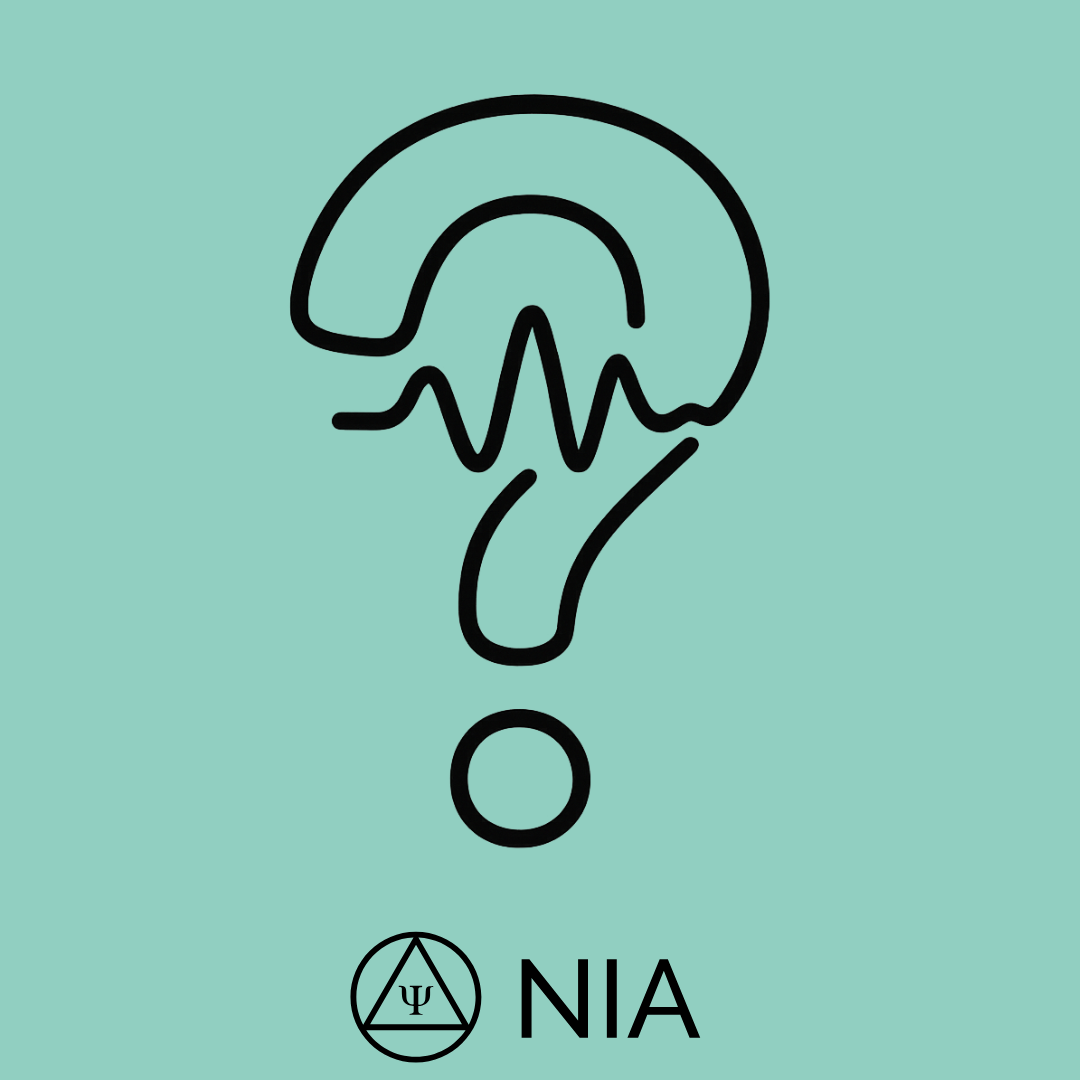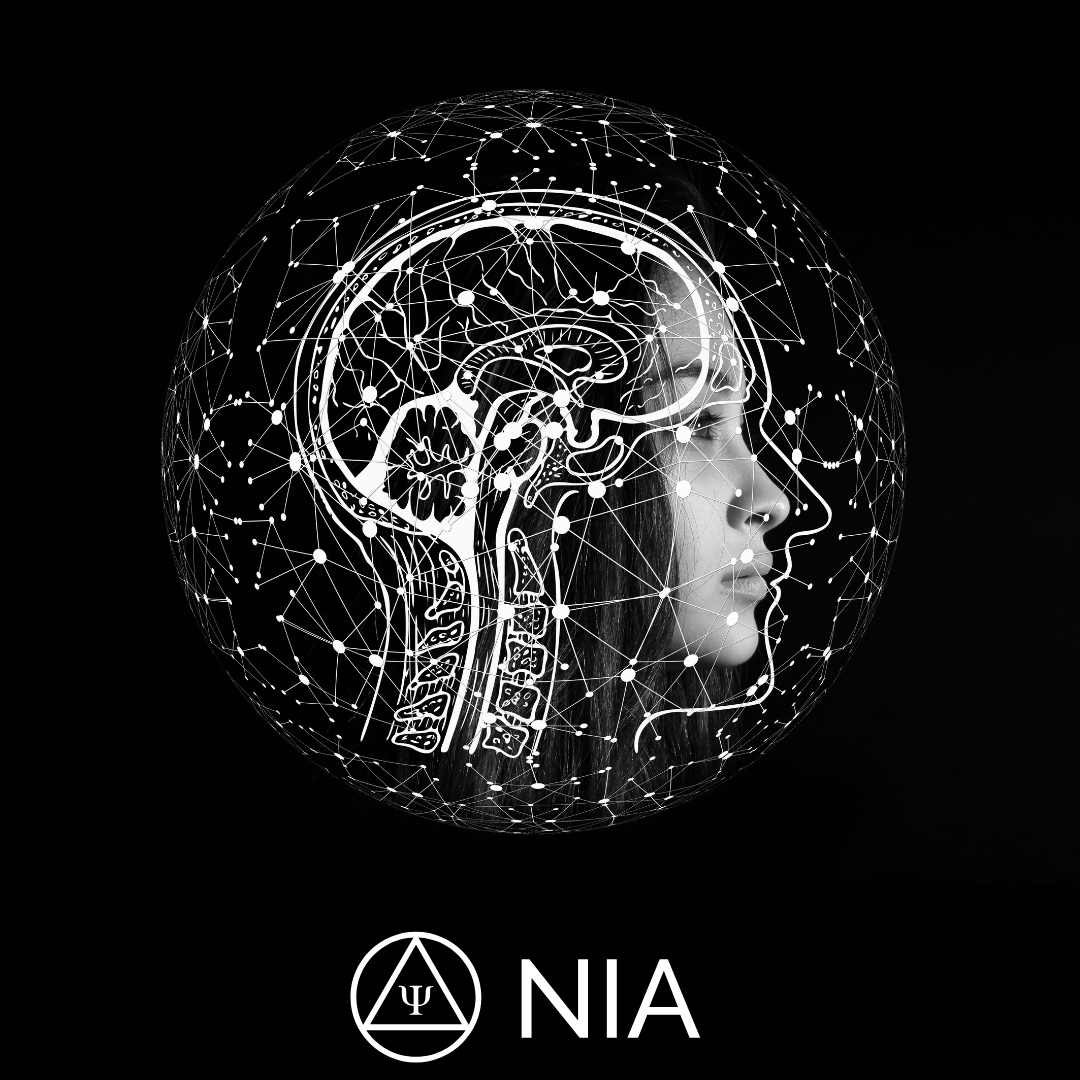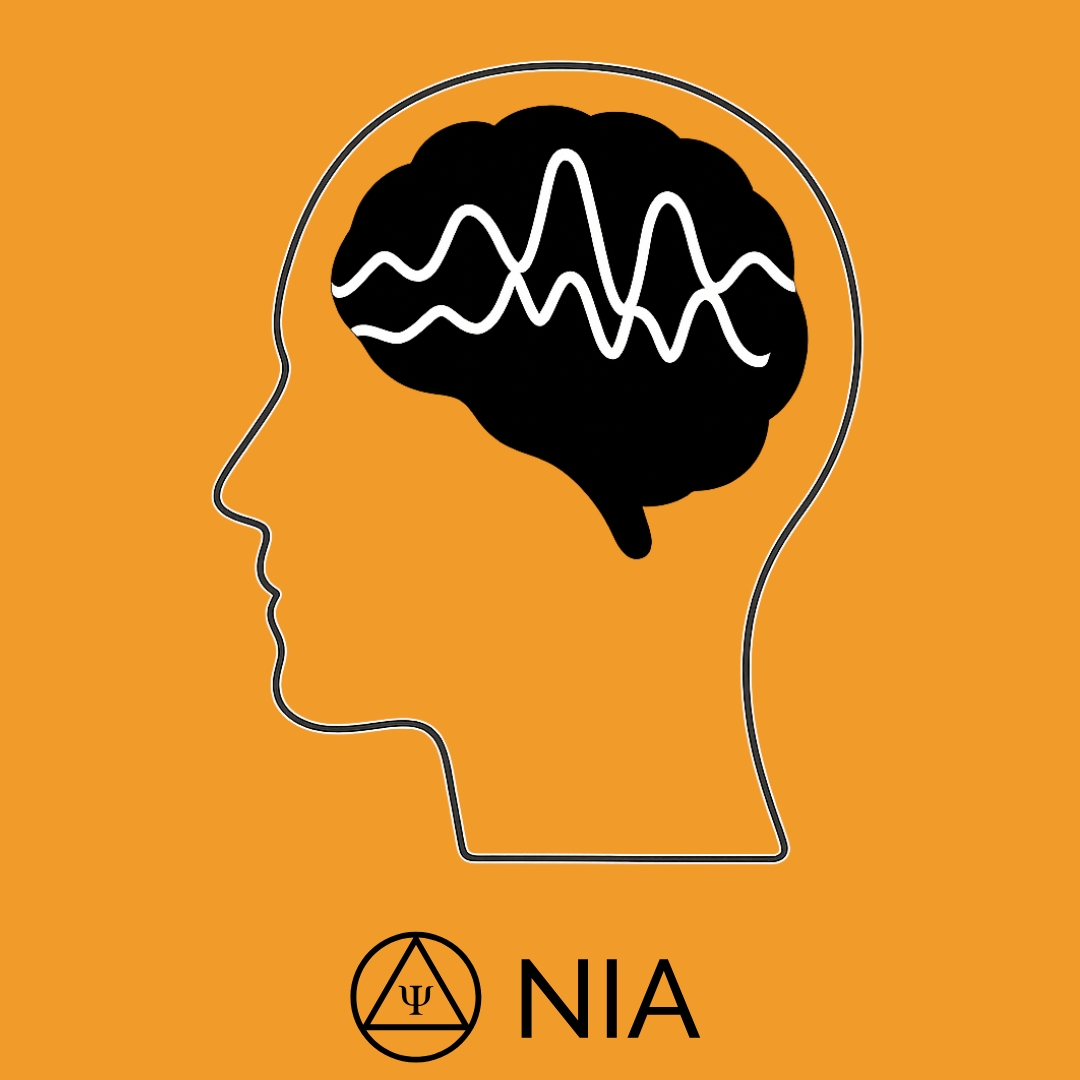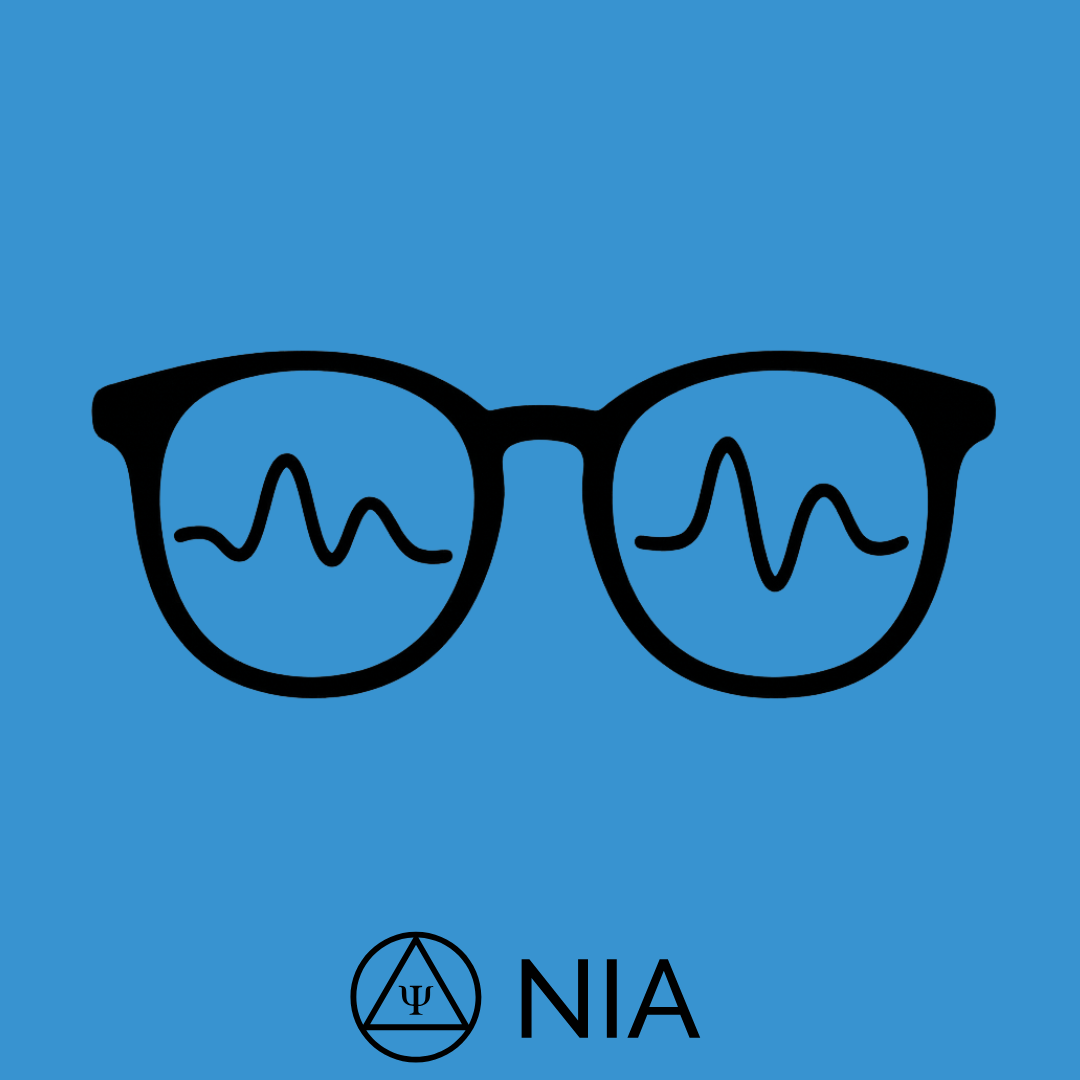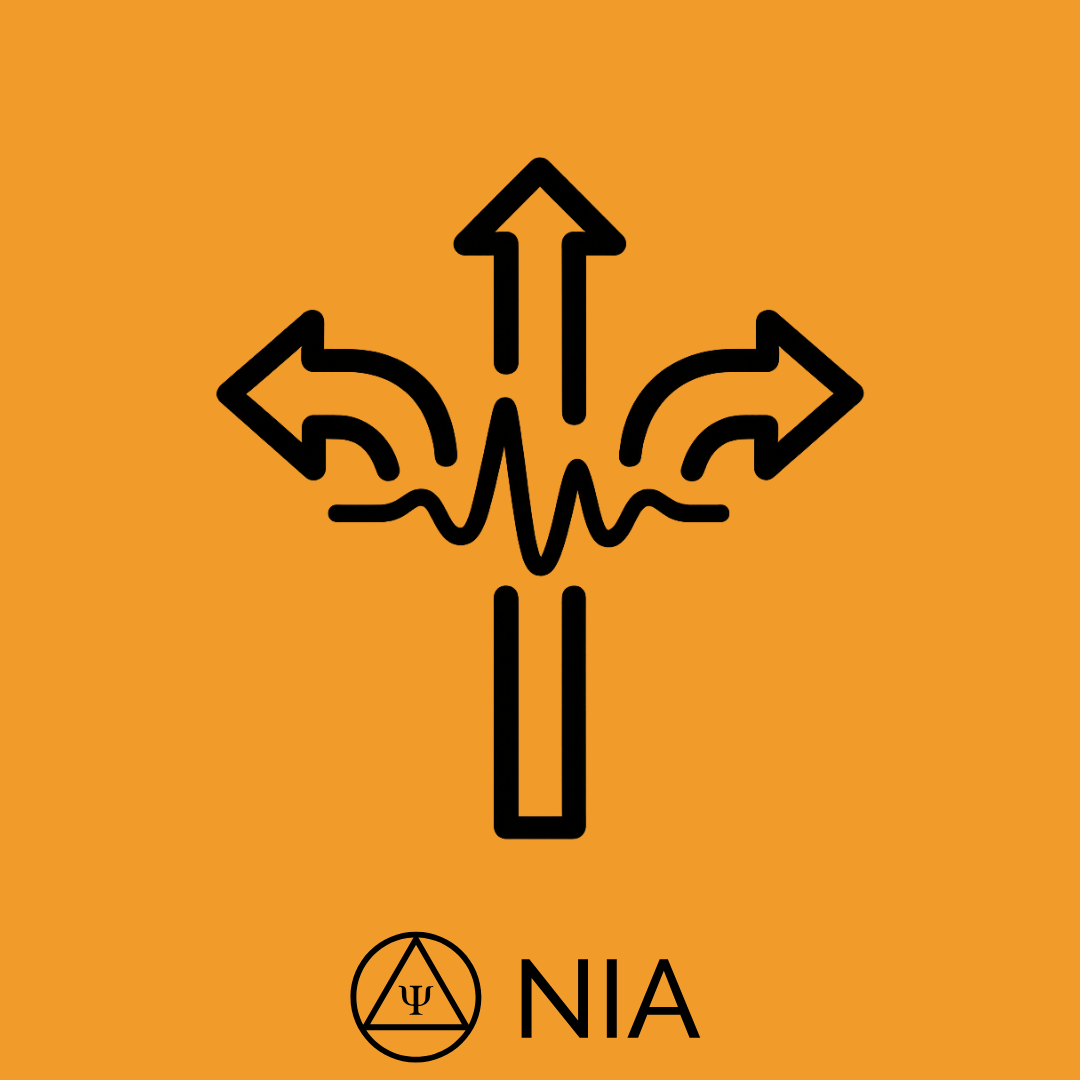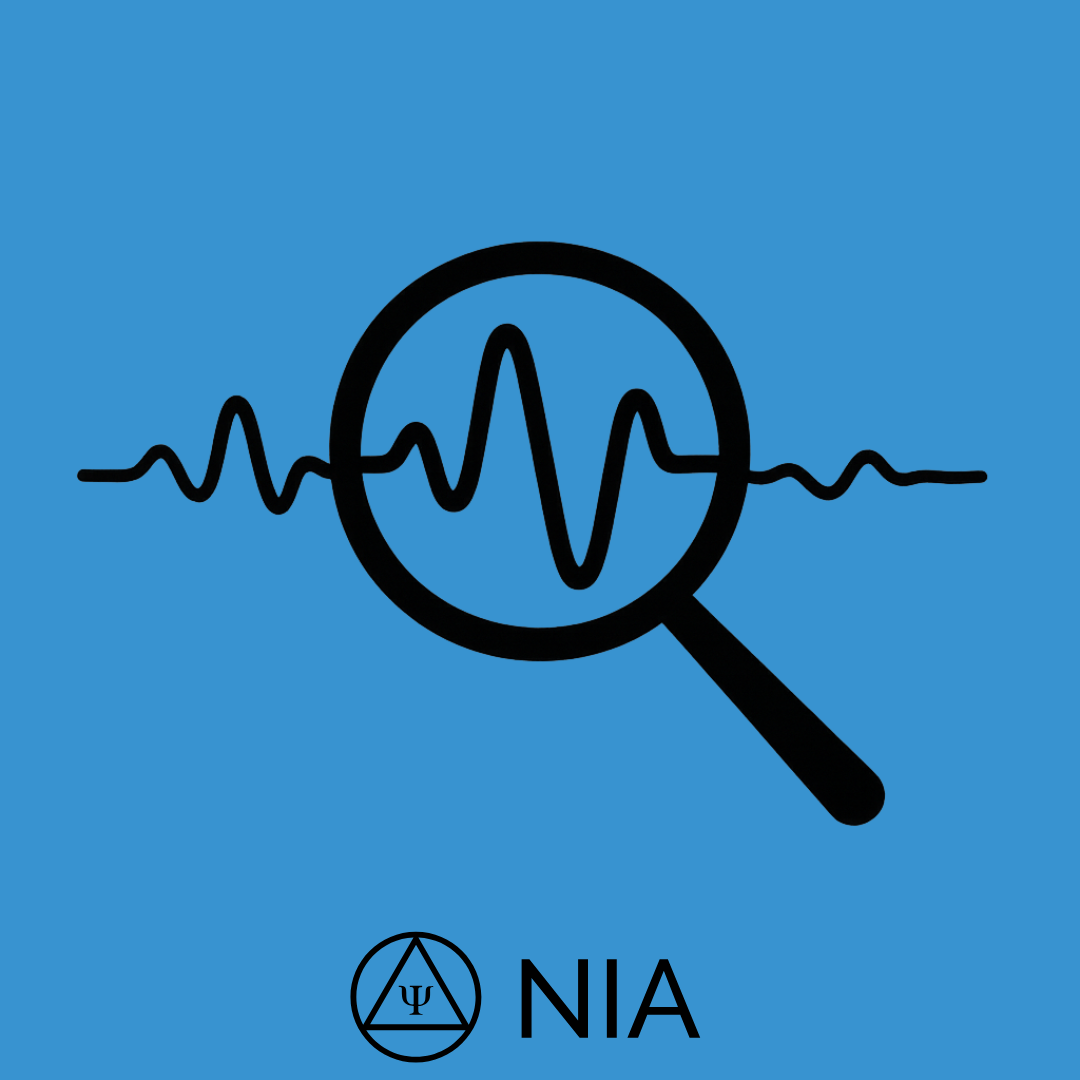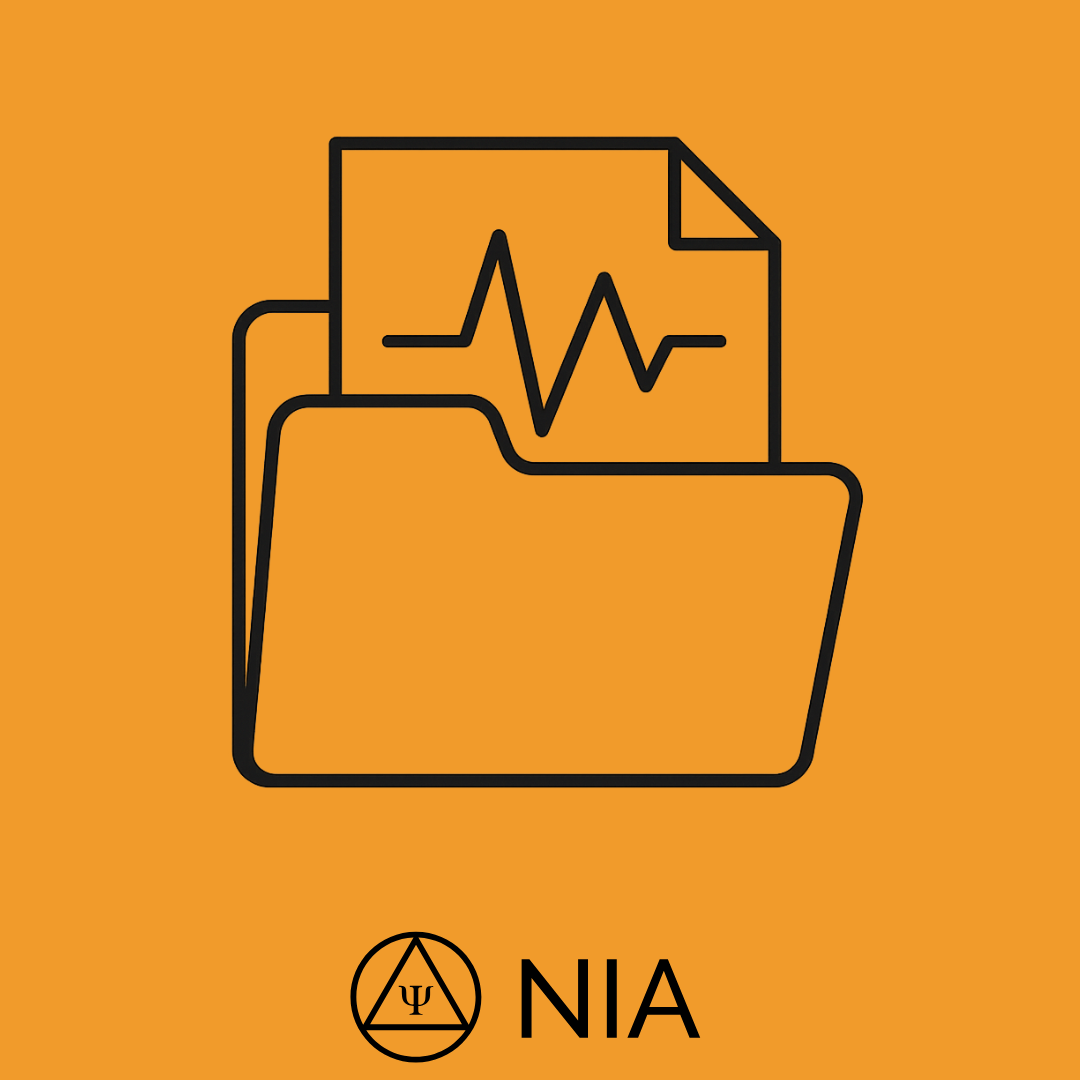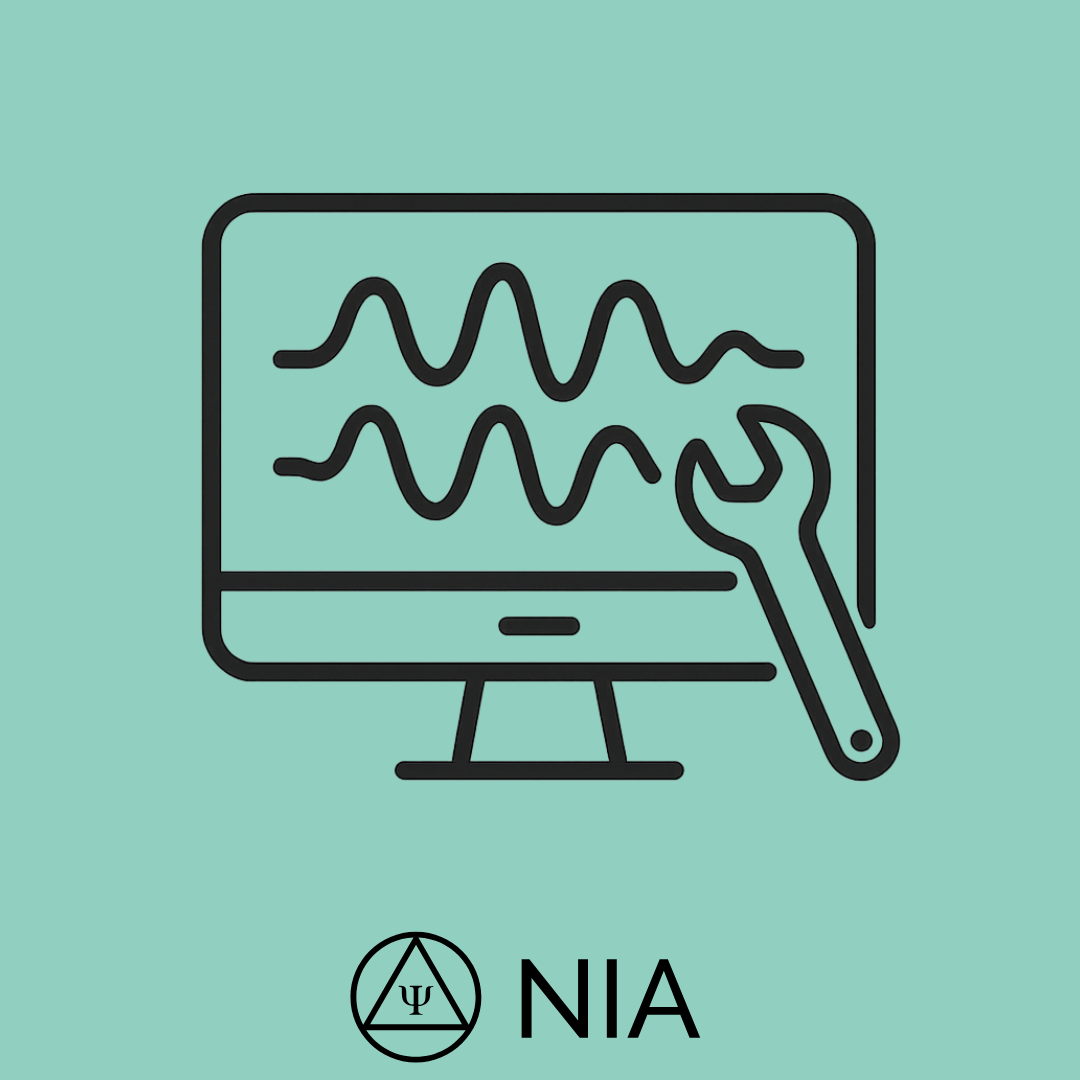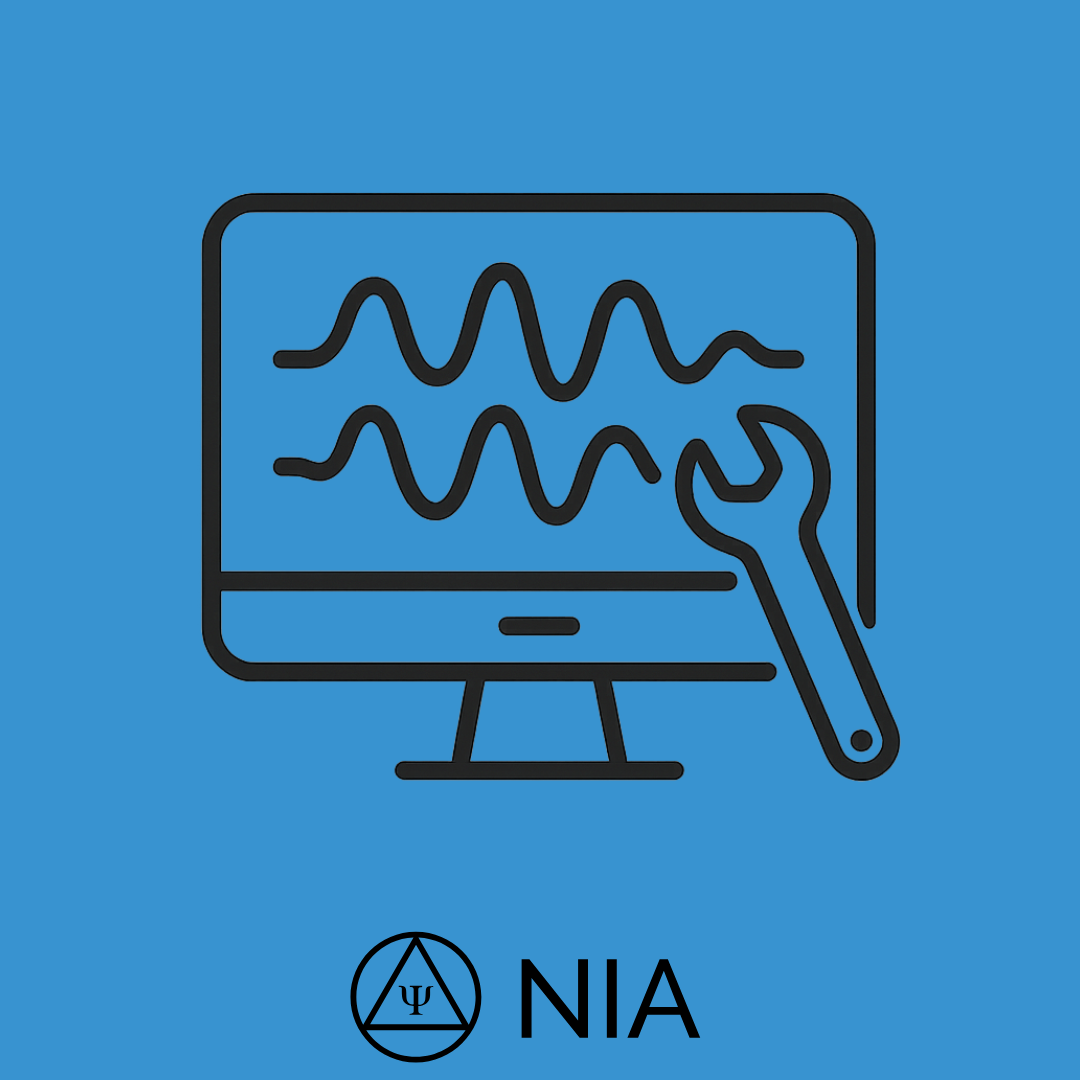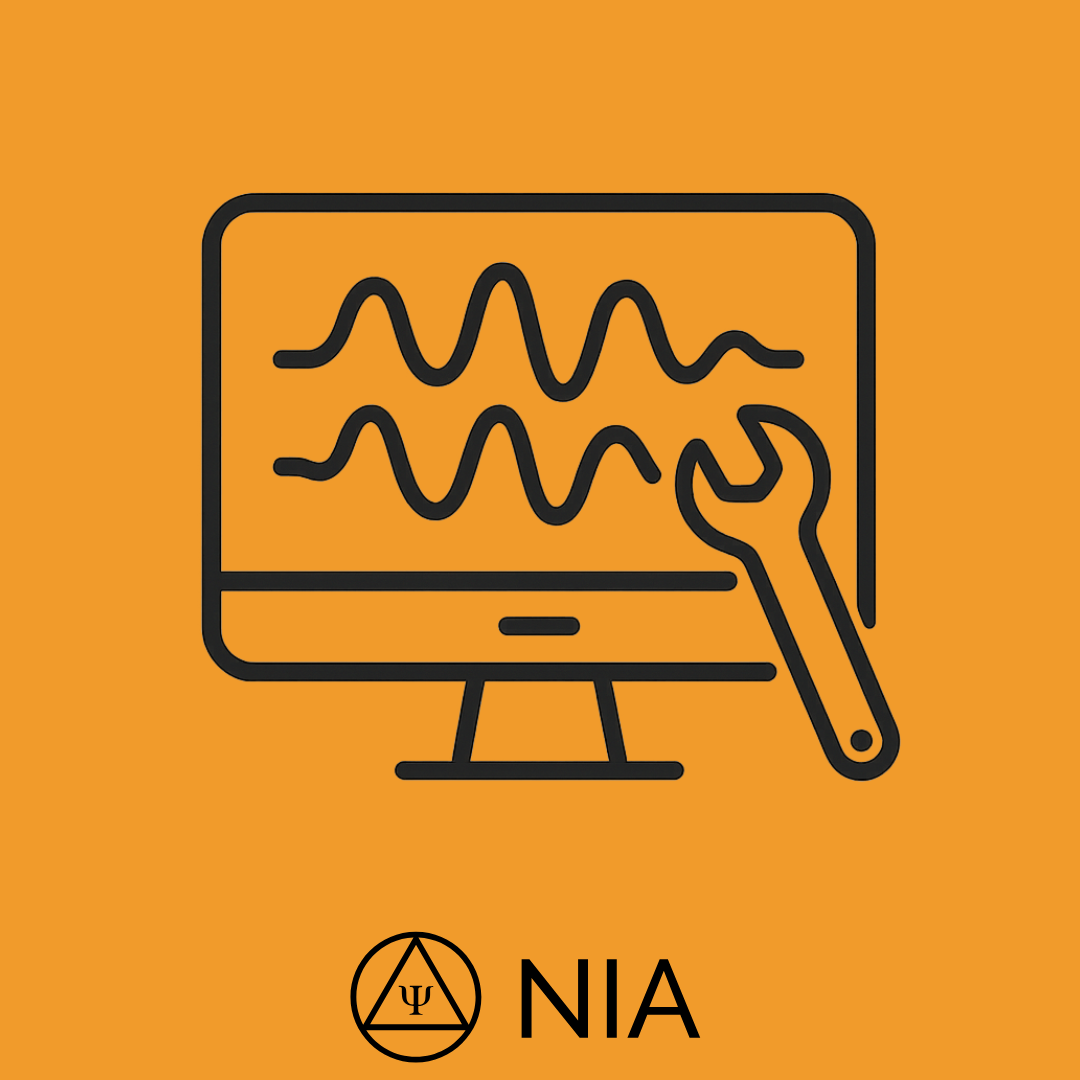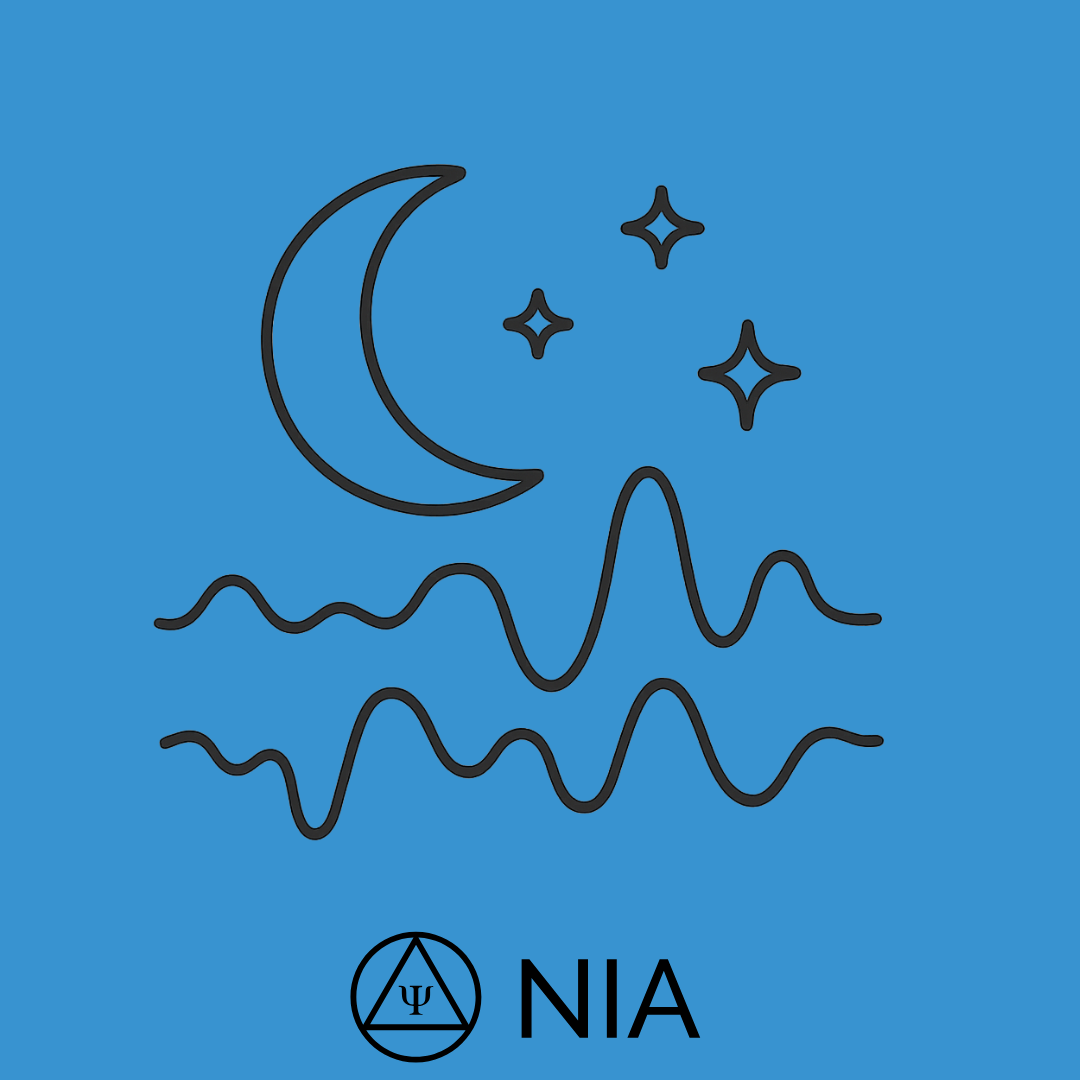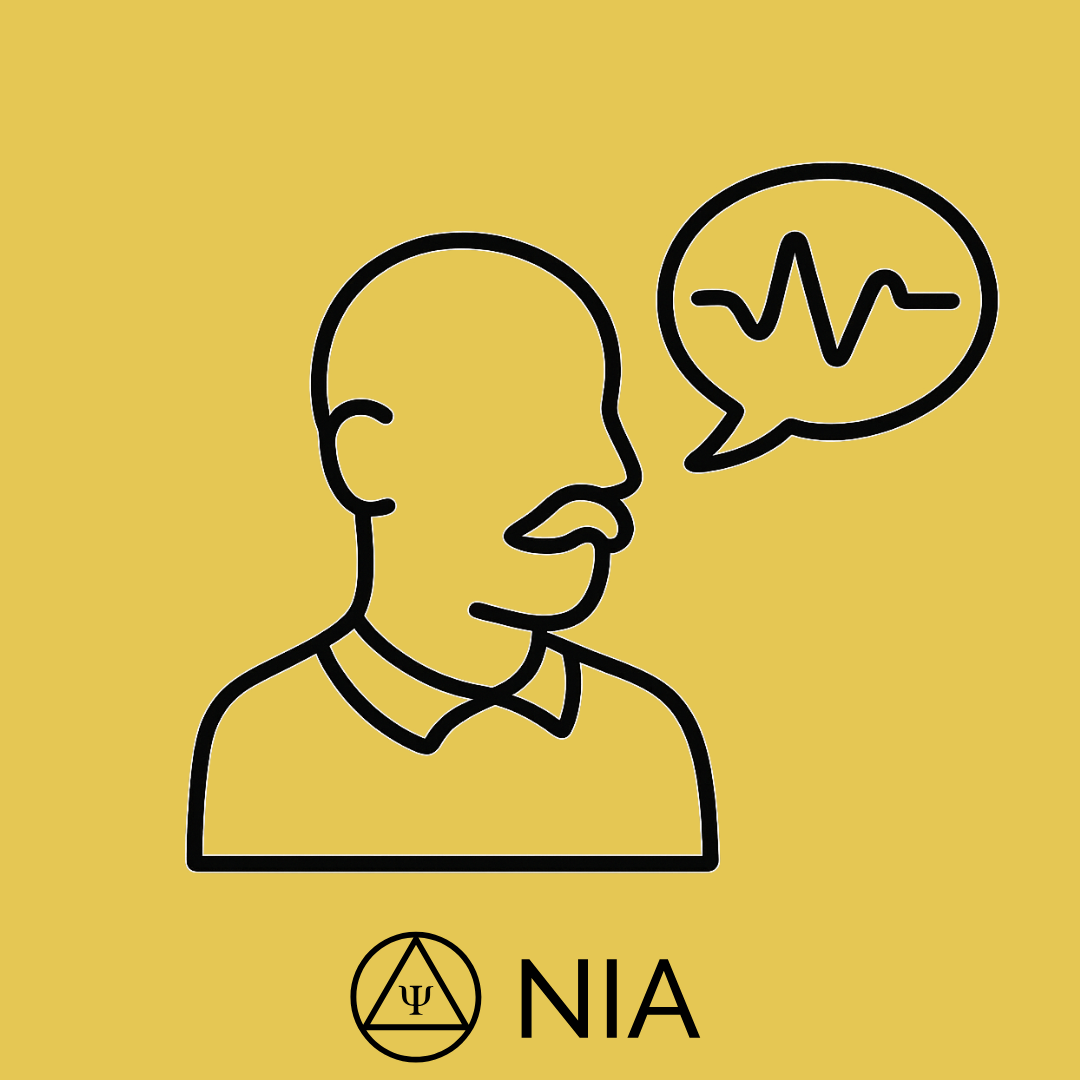
The NIA Online Learning Academy
Watch the trailer for our Neurofeedback Protocol Selection course
Our courses have been praised by neurofeedback professionals from all over the world.
We support practitioners from novice to expert
Many of our courses are accredited for BCIA recertification credit
Click on each heading to browse our courses below and click on a particular course to read more.
Neurofeedback: is it for me? (Free course)
Have you heard about neurofeedback but you’re not sure how reputable it is or which sources to trust? This is your free crash course on neurofeedback fundamentals, including a breakdown of the science, modalities, and safety.
Whether you’re a practitioner, a parent, or someone who’s interested in how neurofeedback might benefit them personally, this free course will equip you with a firm grasps of neurofeedback fundamentals, so you can make informed choices about possible therapy options.
Understanding Neurofeedback – the Fundamentals
No more mystery. No more black magic. This course takes you ‘behind the curtain’ to unpack the real science of neurofeedback in a way that’s accessible for both prospective clients and practitioners.
By the end of the course, you’ll understand how neurofeedback works and the breadth of its possible applications, and you’ll be equipped to seek therapy or therapeutic professional development with confidence that you’re following the facts and in a position to get the best possible results.
Neurofeedback Protocol Selection, a symptom-based approach
Learn Dr Perl’s expert approach to neurofeedback protocol selection for a wide range of symptoms.
Note: this course is split into 3 parts that are sold separately.
Learn to read the EEG for Neurofeedback (Fundamentals)
You don’t need a QEEG to read useful data from the EEG. Learn to glean important information from single channel readings (Minimaps).
Note: this course is split into 2 parts that are sold separately.
Neurofeedback Protocol Adjustment
How does one adjust neurofeedback protocols, based on client response to treatment? Learn this often overlooked, but crucial aspect of neurofeedback.
Analysing Raw EEG
Inspired by his mentor, Jay Gunkelman, Dr Perl shows you how to visually analyse raw EEG – a must for anyone working with EEG.
Note: this course is split into 2 parts that are sold separately.
Dr. Moshe Perl gives 4 Case Presentations
In-depth reviews of four clients. Pre and post testing is discussed. This course can be counted as 2 hours of mentoring and 4 case presentations for BCIA certification.
The NIA’s Online QEEG Workshops #5 & #6
Dr Perl analyses and discusses EEGs and client symptoms for 6 cases, teaching his hands-on expert approach to EEG and neurofeedback, built up from decades of clinical work, teaching, mentorship and learning from world-leading experts like Jay Gunkelman.
The NIA’s Online QEEG Workshops #3 & #4
Dr Perl analyses and discusses EEGs and client symptoms for 6 cases, teaching his hands-on expert approach to EEG and neurofeedback, built up from decades of clinical work, teaching, mentorship and learning from world-leading experts like Jay Gunkelman.
The NIA’s Online QEEG Workshops #1 & #2
Dr Perl analyses and discusses EEGs and client symptoms for 6 cases, teaching his hands-on expert approach to EEG and neurofeedback, built up from decades of clinical work, teaching, mentorship and learning from world-leading experts like Jay Gunkelman.
Alpha-Theta Neurofeedback
This is a recording of Dr. Moshe Perl delivering his popular Alpha-Theta Neurofeedback course as part of a live-online course taught in August, 2020. It is an in-depth, comprehensive introduction to Alpha-Theta neurofeedback.
Introduction to Neurofeedback Protocol Selection
For many of our clients, arousal is only one of several issues they have. How do we select protocols for the wide variety of symptoms and comorbidities we see in our clients? This prerecorded webinar presents a practical model that incorporates arousal and extends it into symptom categories that correlate with EEG patterns and provides a framework for protocol selection and protocol adjustment.


